DCPParquitectos proposal for the New Taipei City Museum of Art is an open and welcoming design that erases the barrier of exclusivity normally surrounding the world of art, patrons, and experts.
As such, the architecture of the New Taipei City Museum of Art is one that embodies this idea of erasure through eliminating the traditional borders between exhibition space and circulation, as well as exterior and interior. Every part of the museum is represented by a space without limits that can hold any type of expression.
Put together, each space is part of a large connected organism that expands and extends itself through the site, acting as a filter and transitional space between public and art.
A forest of columns, extending from the topography of the exterior into the interior spaces, acts as the device that delineates space, each program has a specific uniform distance between each column. This creates a unique atmosphere throughout the museum in which spaces are only roughly defined.
The first three levels of the museum sit in between the forest of columns around the building. As the visitor moves upwards towards the upper two floors that house the main galleries, this forest starts to disappear. Upon arrival, the visitor can enjoy a space that floats above all else.
These main gallery spaces are defined above all else by flexibility. Here, the column grid is the most open, allowing museum curators ample room to design exhibitions and sequences that can suit any particular need.
It is this level of flexibility and openness that will make the New Taipei City Museum of Art a unique public forum for art, learning, and culture.

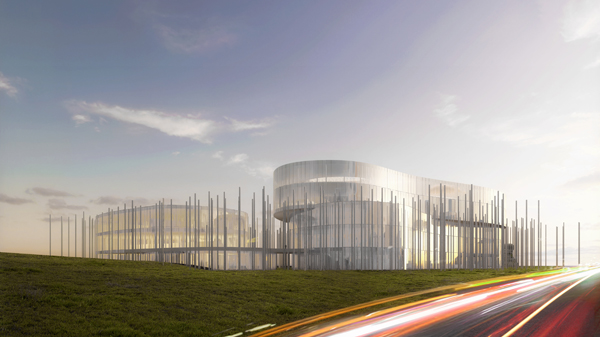
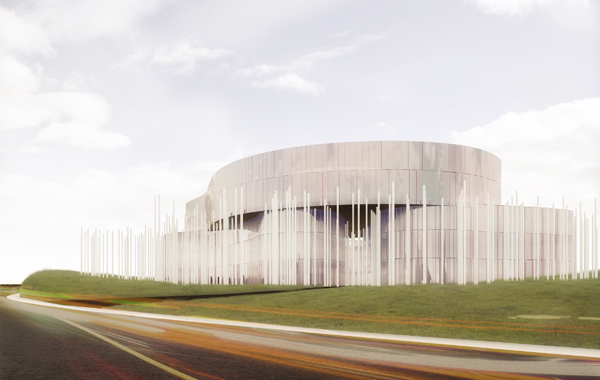
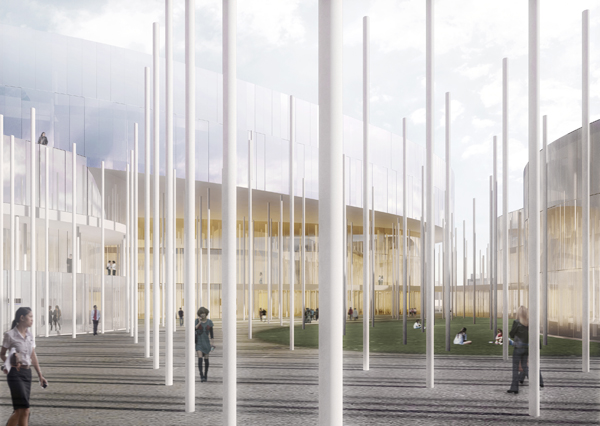
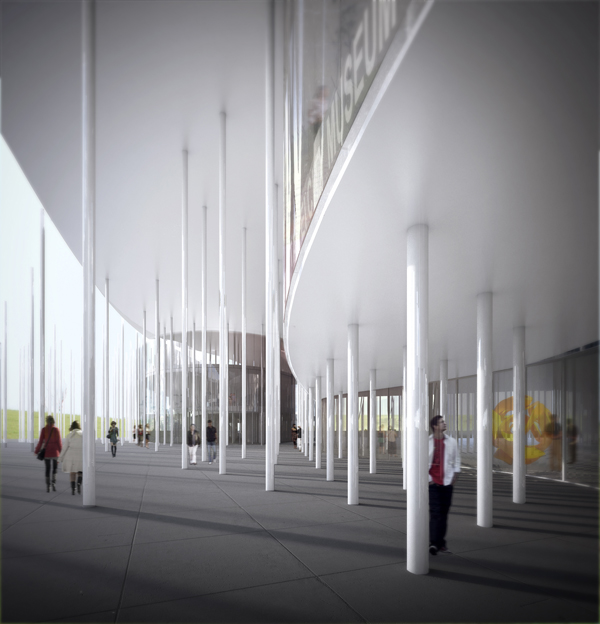
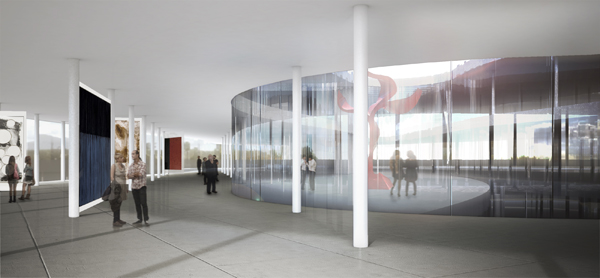
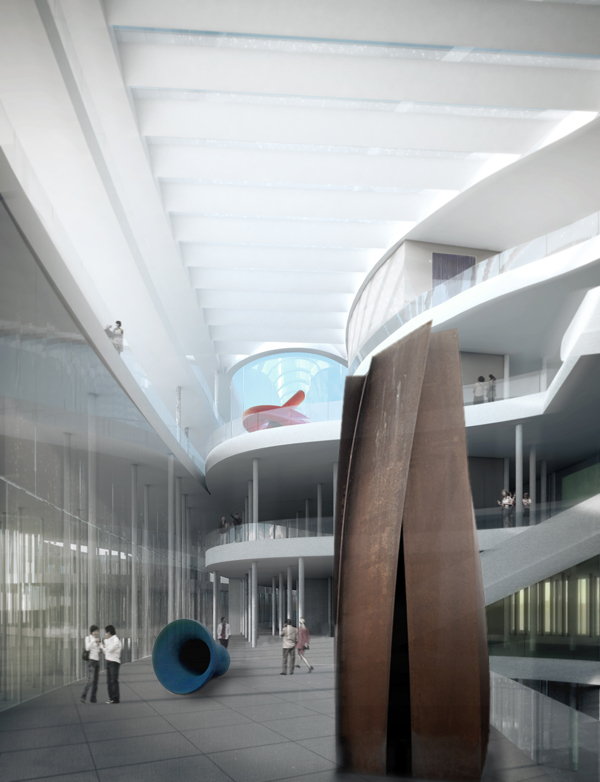

No comments:
Post a Comment